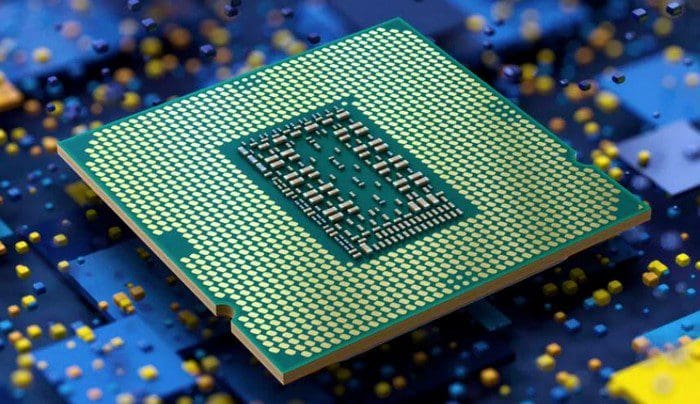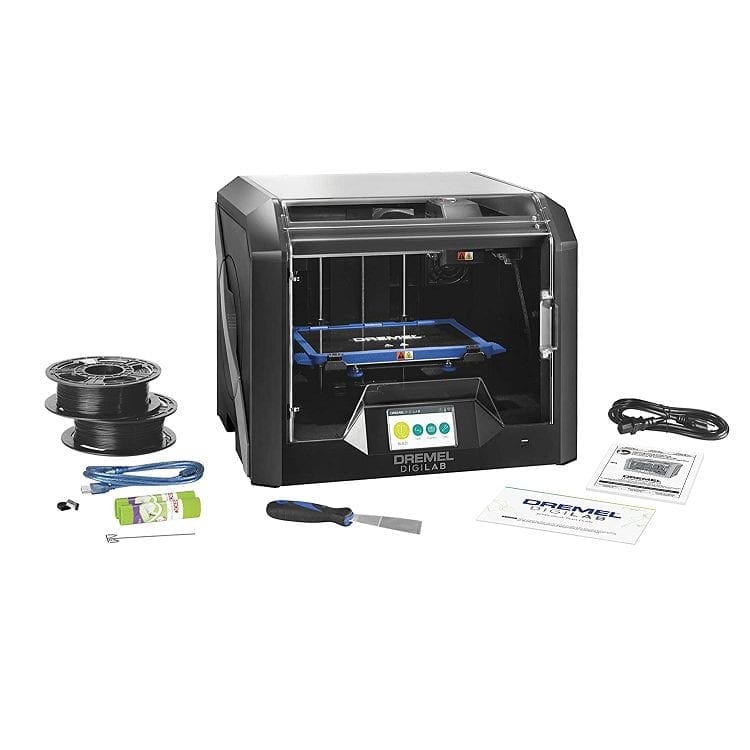Computer components are designed to operate at very specific settings. With adequate cooling it is often possible to push the hardware a bit further by overclocking it. The process of manually increasing the clock speed can be a fiddly one, especially when overclocking RAM as there can be a lot of parameters to adjust other than the clock rate. One of the critical parameters is the voltage being supplied to the component. Tuning the voltage can help to increase performance, at least indirectly, but it also comes with some risks, especially if you’re increasing the voltage in a process called “overvolting”.
Contents
The basics of overclocking
Overclocking is a process of increasing the performance of a component such as the CPU, GPU, or RAM by increasing the rate at which its clock ticks. Synchronisation with a clock is critical for the operation of all high-performance hardware as they provide constraints on tolerances that allow usage to be optimised. Increasing the rate at which the clock ticks increases the number of things that the component can do per second. For the CPU or GPU that’s the number of instructions it can process, for RAM it’s the number of times that data can be transferred. Thus, overclocking increases the overall processor performance or the bandwidth of RAM.
Tip: One useful thing to do when overclocking or overvolting is to take a note of the original values. This can make it easier to reset if you work out that your overclock or overvolt just isn’t stable.
What does voltage have to do with it?
Overclocking increases the power draw of the component. While you remain within the official performance parameters, things should work just fine. Once you overclock a component further than that though, you often have to supply more power by increasing the voltage. Not having enough power will cause overclocks to be unstable. This would typically take the form of system crashes. Unfortunately, this is also a symptom of an unstable overclock where the power being supplied isn’t an issue so you can’t rely on it to diagnose the problem.
Providing more voltage to the component can make what was an unstable overclock, stable. Great care, however, must be taken when increasing voltage. Computer components are incredibly sensitive to voltage, and providing too much can and will permanently damage or even kill components. You should only ever increase the amount of voltage in very small increments typically on the order of 5 millivolts.
For example, if you’ve got a 1.5V default voltage for a component, adjusting this up by 0.005V steps is ideal. At least for the first step you should be safe to take a bigger 0.010V step, but you should never jump more than that. 0.015V would be considered a really big voltage change, even from the default setting.
Any increase in voltage will increase the heat output of your system, even without factoring in any actual change in clock speed. Overvolting your CPU especially, can significantly increase temperatures. You will need a high-end cooling system to handle it and a decent air-flow configuration in your case.
Learn from others
Given that there are real and expensive risks, it’s in your best interest to be informed about them. It’s a good idea to check what the overclocking community considers safe voltage limits for your components. These communities can provide a rough idea of how far you may be able to push your overclock and how much extra voltage you can safely provide. Most of the overclocking community does target safe voltage levels for long term, daily usage. Be warned, however, that some people may push further than that in order to try to achieve record-breaking performance. These people know that the settings they use are not sustainable for long-term usage and will likely result in damage. Most advice will typically be labelled to indicate if it’s intended to be safe for 24/7 operation or not, or should at least be identifiable from the context.
There are also a number of tech YouTube channels that cover the basics of overclocking and how to do so safely. Many of these channels also go into extensive depth which can be excellent if you’re interested in learning more. We’d generally highly recommend checking out a few sources so you can check that their advice lines up. This should help you to avoid bad advice from trolls.
It’s important to know that even with identical components, you might not be able to use the same settings as someone else. The silicon lottery is a humourous name used to describe the fact that each component is unique. Some are simply slightly better than others and that can make a performance difference. You might get lucky in the silicon lottery when buying your hardware, and get what’s known as a “golden sample” that can do better than most, you might also get something that’s slightly worse.
Conclusion
Overvolting is the process of providing more than the default voltage to a component. This is almost exclusively done as part of an overclocking process. Increasing the voltage does not increase the performance directly. It does, however, potentially increase the stability of higher overclocks. Increasing the voltage will increase the heat output of your system, so you need good cooling. Increasing the voltage can also permanently damage or even outright kill components. To avoid this, make sure to read up on the general overclocking community’s wisdom on overclocking your components and make sure to make small changes




